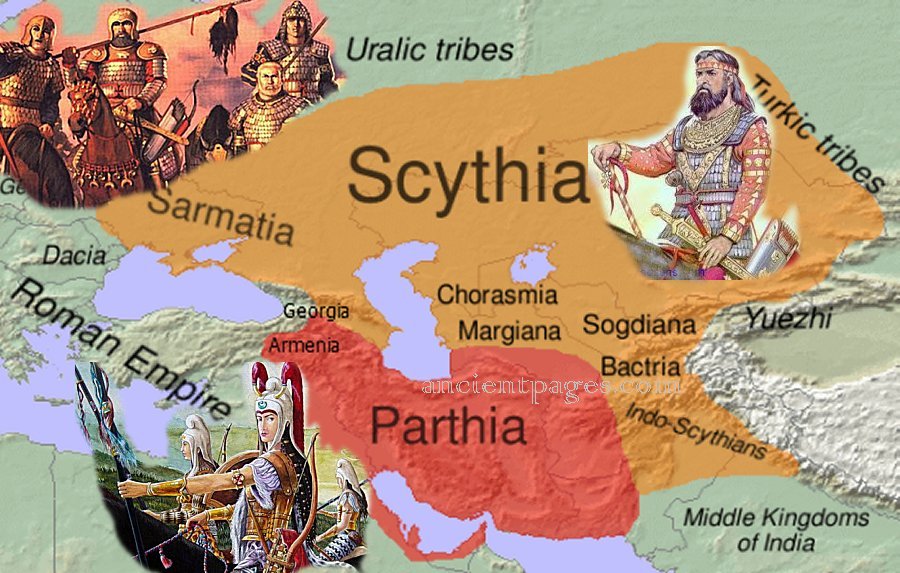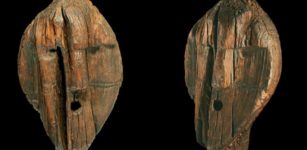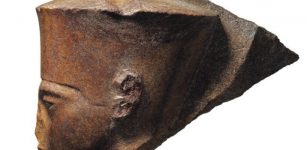New Light On Appearance Of Scythians In Northern Black Sea Region
Conny Waters - AncientPages.com - A subject that has long been debated is the appearance and disappearance of the mysterious Scythian tribes living in the southern steppes of Russia and Ukraine.
For millennia, this vast grassland region was home to several human populations that had a significant and long-lasting impact on the cultural history of the Eurasian continent. The Scythians represent one of these population that suddenly emerged at the beginning of the Iron Age.
Scholars have long tried to explain the mysterious and sudden appearance of these people.
Now, anthropologists from the Lomonosov Moscow State University suggest that the enigmatic Scythians migrated to the northern Black Sea region from Central Asia.
See also:
Mysterious Disappearance Of Scythians Remains Unsolved
Cradle Of The Scythians' Studied By Russian-Polish Archaeologists
Generally, there are two main hypotheses of the origin of the Scythians.
According to the first one, they came to the northern Black Sea region from Central Asia as invaders and local Indo-European population was assimilated by them,” said Alla Movsesyan, a leading researcher at the Anthropology Department of the Lomonosov Moscow State University.
 Scythians. Image credit: AncientPages.com
Scythians. Image credit: AncientPages.com
The second proposes, the Scythians, genetically linked to the local population of the Timber Grave Culture (Srubnaya culture) in the eastern part of Pontic-Caspian steppe, which was later succeeded by Scythians and Sarmatians in the 1st millennium BC.
Researchers have analyzed, compared and evaluated several different cranial series related to the Scythians from the northern Black Sea region and Bronze Age populations from Eastern Europe and Central Asia.
Among them, there are skulls from one or several closely-spaced burials, belonging to one ethnic group or one archeological culture and the skulls with irregular holes, irregular skull sutures and processes, small bones in fonticuli and skull sutures. These traits helped characterize the gene pool of a population.
Therefore, researchers have put forward an assumption that the Scythian gene pool was formed on the basis of descendants both of the Bronze Age local Srubnaya culture and populations, migrated from Central Asia.
However, the idea that the Scythians are direct predecessors of the Slavs – as it was is not supported by any archaeological, anthropological, genetic or linguistic data."
Research has been published in the American Journal of Physical Anthropology.
Written by Conny Waters - AncientPages.com Staff Writer





















